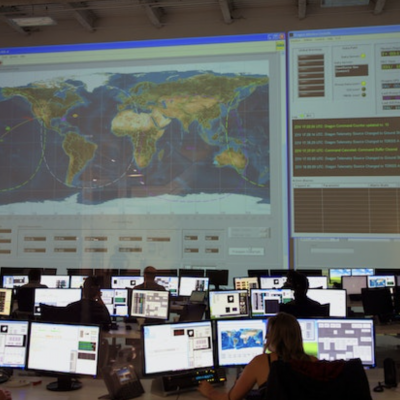Although the history of human life has seen so many important developments such as lifting equipment (hoists, winches etc), the steam engine and the assembly line, some think that the past and current digitalisation of communication, information technology and industry builds the biggest progressing point ever.
With the digitalisation of manufacturing still being in its infancy, digital communication technology is now developing further, which may be influencing interpersonal and human-computer communication once again.
The nineteenth and especially the twentieth century saw many profound changes which impacted the way people communicate with each other. The early nineteenth century introduced postal system and the later developed telegraph firstly enabled people to communicate with each other over wider distances.
The introduction of the newspaper press, the phonograph, photography and the first motion picture camera improved the exchange of information crucially in the twentieth century. Those developments made the transfer of audio and visual content possible for the first time in human history.
Within the last 30 years, the emergence of the internet and the cell/smart-phones as a means to communicate, has revolutionised former communication technology and led to the occurrence that personal contact became virtual. A huge variety of communication forms have become available, including E-Mail, SMS, instant messaging and social networking. Thanks to social online technology, people are enabled to speak and see each other in real-time on a global level since two decades. This latest stage of the information age turned the world into a global village, and the exchange of information became a primary factor which shaped businesses’ competitiveness, as well as societies by speeding up ones’ pace of life.
To outbalance the lack of a personal note within the private, electronic exchange of information, ‘Emoticons’ have been implemented in texting, chatting and messaging which is now due to change. Recently, the Daily Mail reported that digitalised communication firstly in text and instant messaging may improve soon, by replacing the common Emoticons by a computerised face which replicates human emotions realistically.
The new lifelike avatar can reproduce from typed text, hundreds of human feelings by mixing and grouping six facial expressions associated with anger, tenderness, happiness, sadness, neutrality and fear, with the respective tone of voice. This development makes it possible that the receiver can read the emotions of the sender more naturally. As the ‘face’ could be simply installed like an app on tablets and smartphones, it could become soon utilised by smartphone users. It is even believed that text messages and human-computer interactions can be delivered by a computerised version of the own face and voice in future. Based on that development, even computers may no longer be operated with keyboard and mouse one day, but rather can understand facial expressions, gestures and voices too.




